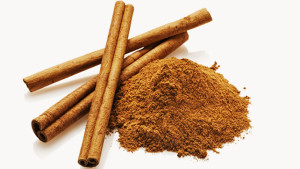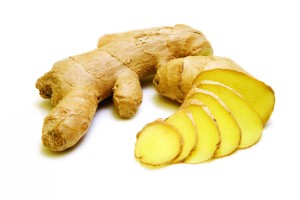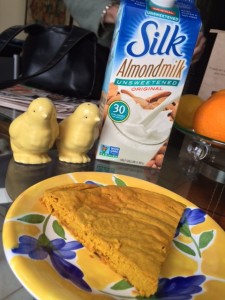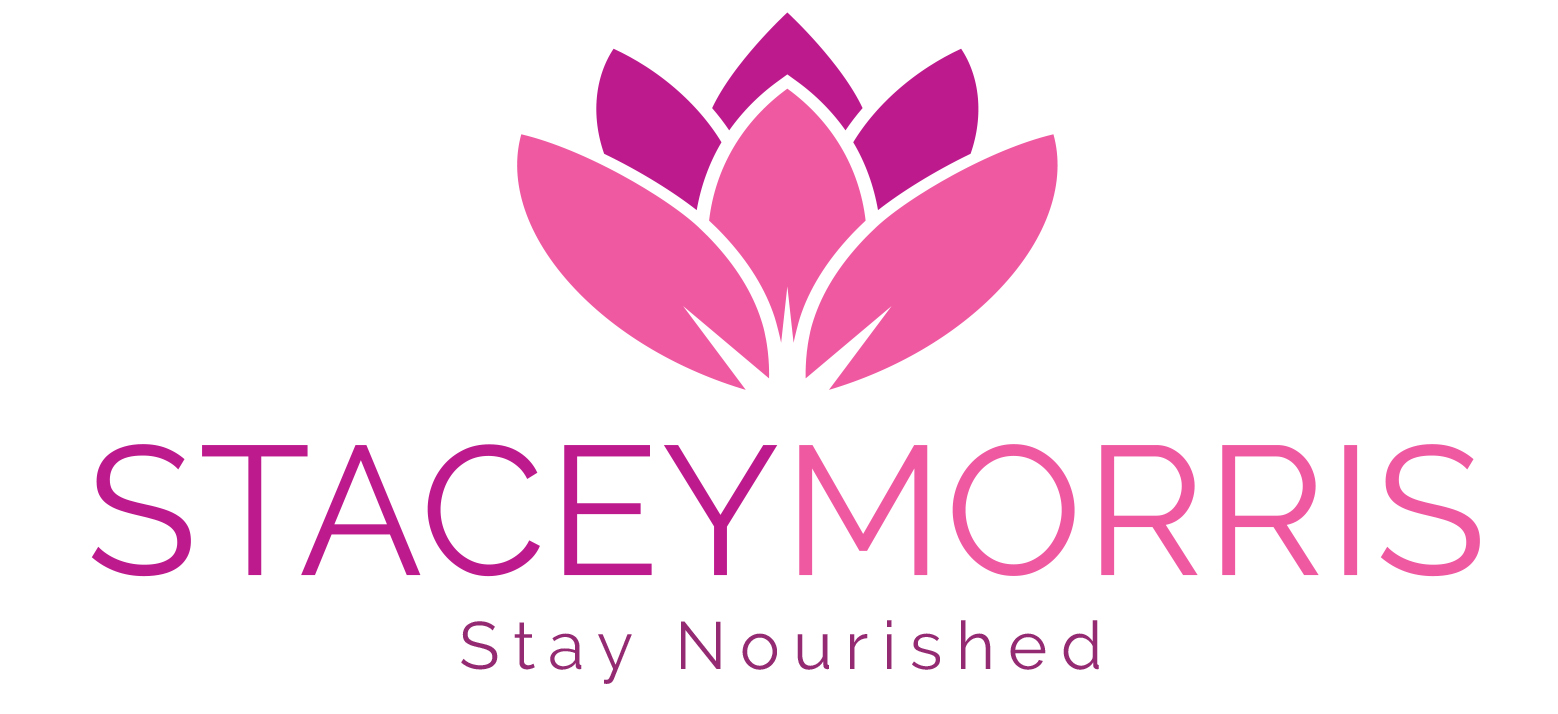When It Comes to Prevention, Spices and Herbs Can Be the Best Medicine
It seems I can’t turn the TV on without learning of the latest invention from the world of prescription meds. You know what I’m talking about: those slickly produced, mini-movies geared to make you envy someone else’s colorful life, that’s always jam-packed with joy and meaningful activities. And the implications are never subtle: the beaming star of the commercial can always trace his or her joyful vitality to a new pill with a lyrical, three-syllable name. If you’ve never gotten sucked into the game, count yourself lucky, because the miracle pills don’t seem to last long. New names of pills (and conditions) seem to proliferate weekly. And the ones which were on the radar a year ago are often nowhere to be found now. Could it be they’re rushed out for sale before properly and fully tested for side effects?
What in heavens name did we do before the proliferation of factory-made pills designed to enhance our body’s functioning? I’m pretty sure we relied on nature…and things that grew in the ground. Herbal medicine is its own specialized field and I’m not qualified to prescribe or expound, but in terms of edible herbs and spices, there are plenty of healthy benefits (and flavor!) to be gleaned from using a few basic supermarket ingredients with a little more passion and awareness.

Nutritionist Nancy Guberti
Nancy Guberti, M.S., C.N., is a nutritionist and functional medicine specialist who specializes in gluten-free and casein-free eating, sugar addiction, and is a Defeat Autism Now practitioner. She has long been a proponent of getting your health needs met from food first, medicine second. To help get the ball rolling in that direction, here’s a list of some of the most common and inexpensive kitchen items that can be used in a variety of ways, with a variety of healthy side effects:
Cayenne – From the chili pepper family, it’s not only a good flavor-enhancer (abeit a spicy one!), its ant-cancer and anti-inflammatory ingredient is capsaicin, which is known to promote apoptosis (the death of damaged cells)
Cinnamon – Has natural ant-fungal, anti-bacterial and anti-viral elements that help combat viruses, colds and flu. It will help clear up mucous and enhance circulation. Cinnamon has shown to help neurons and improve motor functioning in those suffering with Alzheimer’s and Parkinson’s disease. Found to reduce triglycerides and LDL cholesterol, as well as balancing blood sugar. A half-teaspoon daily is said to help control Type 2 Diabetes. I love it in protein drinks, baking, and sprinkled in morning coffee for a Viennese twist. Cinnamon sticks steeped in boiled water make a fabulous tea.

Sticks or powdered – cinnamon rocks!
Garlic – The Italian aphrodisiac is also known for its immune-boosting qualities. “The sulfur compounds known as allicin is formed when garlic is chopped, crushed or chewed. Allicin is responsible for the distinct smell and boosts immune system, reduces blood pressure, reduces LDL cholesterol, protects against oxidative damage, and even helps with athlete performance and exercise-induced fatigue,” said Guberti. “In addition, it is anti-viral, may ward off parasites and help remove heavy metal toxicity, Studies show that it may increase estrogen levels in females helping enhance bone health.” Also where garlic is concerned: It has been shown to lower the risk of developing all types of cancers and has strong antibacterial properties. It can enhance DNA repair and slow cancer cell reproduction. Garlic can also cause apoptosis.
Ginger – This pungent root is a known cancer-fighter and a powerful agent in reducing nausea. It’s a good digestive aid also. Powdered ginger is great for baking, but you can’t beat the zing of fresh ginger root. Grate it into Asian stir fry’s or peel and slice medallions of it for steeped ginger tea.

Believe the hype!
Oregano – This green herbs contains high levels of antioxidants and phytochemicals which fight cancer and promote apoptosis. Snip fresh sprigs of it into marinara sauce. Fresh oregano leaves also are wonderful on salads, in soups, as a rub for Greek steak, in homemeade breads, and as an aromatic topper to garlic bread.
Parsley – Contains Myristicin, an oil that has been shown to inhibit tumor formation in the lungs. It is also known to neutralize certain carcinogens, such as second hand smoke. I love using parsley leaves in fresh juices; as a flavor-enhancer in soups and stocks; in guacamole; sprinkled on salads; and as an addition to homemade pesto.
Rosemary – Compounds found in Rosemary are high in antioxidants and act as anti-inflammation agents. Rosemary leaves are an excellent flavor-enhancer for homemade broths and stocks; sprinkled over chicken or potatoes before roasting. Also a lovely touch in corn bread. See my gluten-free recipe in “Clean Comfort.”
Turmeric – The brightly colored, somewhat bitter powder is famous for its high level of anti-oxidants and its anti-inflammatory properties. “The active ingredient in turmeric is Curcumin, a powerful anti-inflammatory and strong antioxidant,” said Guberti. “It helps with joint pain, headaches and ailments involved with inflammation such as heart disease, cancer, Alzheimer’s and various degenerative conditions.” Guberti added that because Curcumin isn’t easily absorbed into blood stream, consuming it with black pepper helps in the absorption process. “It is also fat soluble so it’s a good idea to take with a fatty meal,” she said. Curcumin has also been shown to inhibit the growth of certain cancer cells. Turmeric is also said to prevent cold and flu. Turmeric root can be peeled and sliced for hot tea in the same way ginger root is used. Dried turmeric can be whipped with warm almond milk and a few drops of stevia for a mid-afternoon snack. Also see recipe for Turmeric Snack Cake in my dessert cookbook, “Sweet Comfort.”

Turmeric Snack Cake, a lentil-based dessert from “Sweet Comfort”


